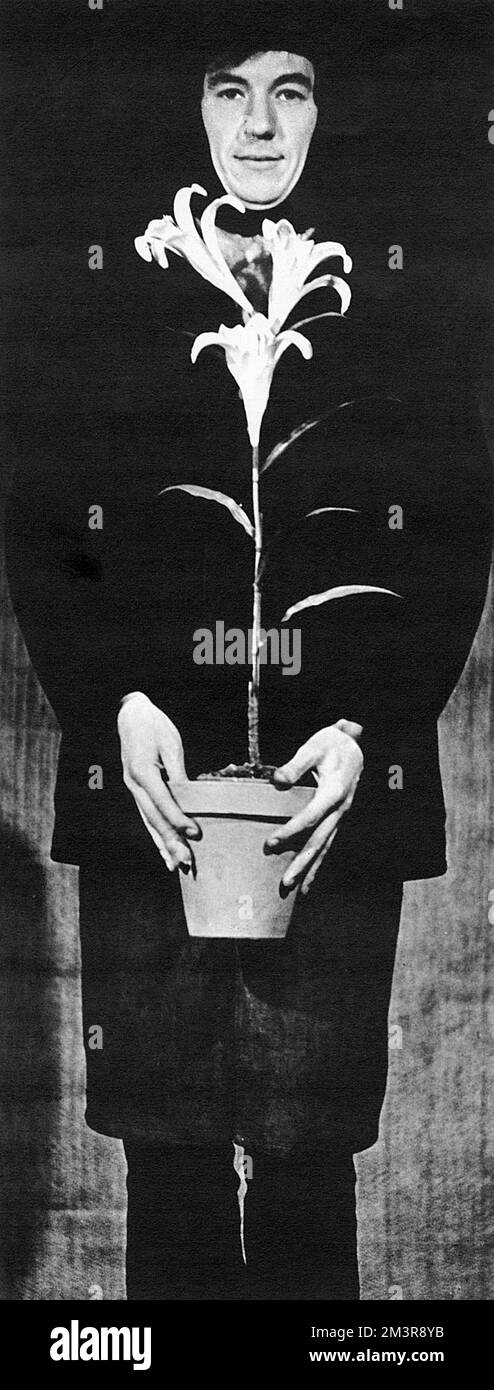Is Secondhand Shopping Reaching Its Peak?

Table of Contents
The Driving Forces Behind Secondhand Shopping's Popularity
Several key factors have propelled secondhand shopping to its current prominence. These can be broadly categorized into sustainability concerns, economic factors, and the unique appeal of pre-owned items.
Sustainability Concerns
The growing awareness of fast fashion's devastating environmental impact is a major driver. Fast fashion's contribution to textile waste, water pollution, and carbon emissions is increasingly understood by consumers. Secondhand shopping offers a powerful antidote, significantly reducing the demand for newly manufactured clothing and diverting textiles from landfills. This aligns perfectly with the rising consumer preference for sustainable and ethical consumption.
- Fast Fashion's Footprint: The fashion industry is responsible for approximately 10% of global carbon emissions.
- Secondhand's Solution: Choosing pre-owned clothing drastically reduces this impact by extending the lifespan of garments.
- Ethical Consumption: Consumers are increasingly seeking brands and practices that align with their values, including environmental responsibility.
Economic Factors
For many, the economic benefits of secondhand shopping are undeniable. Pre-owned items, whether used clothing, furniture, or electronics, are significantly more affordable than their brand-new counterparts. This is particularly appealing in times of economic uncertainty. Furthermore, there's a potential for profit; reselling gently used items can provide a supplementary income stream.
- Budget-Friendly Options: Secondhand shopping offers access to high-quality items at a fraction of the retail price.
- Resale Value: Many pre-owned items, especially luxury goods, retain considerable resale value.
- Platforms for Affordability: Websites and apps like Poshmark, ThredUp, and Depop provide easy access to a vast selection of affordable secondhand goods.
Uniqueness and Vintage Appeal
Beyond the practical benefits, secondhand shopping offers a unique appeal. The thrill of the hunt, the chance to discover rare or one-of-a-kind pieces, and the growing popularity of vintage and retro styles are all contributing factors. This trend extends beyond clothing; it encompasses furniture, home décor, and collectibles.
- Unique Finds: Secondhand shopping allows for the discovery of items unavailable in mainstream retail.
- Vintage Trend: Retro and vintage styles are experiencing a significant resurgence in popularity.
- High-Fashion Integration: High-end fashion houses are increasingly incorporating vintage and pre-owned items into their collections and runway shows.
Potential Indicators of a Market Peak
While the secondhand market is thriving, several factors could signal a potential slowdown or plateau in its growth.
Market Saturation
The sheer number of secondhand marketplaces and retailers is rapidly increasing. This market saturation could lead to increased competition, potentially driving down prices and impacting profitability for sellers. A decline in profit margins could, in turn, lessen the incentive for participation in the secondhand market.
Economic Downturn
Economic recessions significantly impact consumer spending. While secondhand shopping is often seen as a budget-friendly alternative, even this sector is susceptible to reduced demand during periods of economic hardship. Consumers may prioritize essential goods over non-essential items like pre-owned clothing or furniture.
Shifting Consumer Preferences
Consumer behavior is constantly evolving. New trends, technologies, and social influences can significantly impact buying habits. The emergence of new sustainable brands or changes in consumer perception towards secondhand goods could affect the market's trajectory.
Future Trends in Secondhand Shopping
Despite potential challenges, several trends point to continued evolution and growth within the secondhand market.
Technological Advancements
Online platforms and mobile apps have revolutionized secondhand shopping, making it more accessible and convenient. Future technological advancements, such as augmented reality (AR) and virtual try-on features, are likely to further enhance the online secondhand experience.
Luxury Resale
The luxury resale market is experiencing explosive growth. Buying pre-owned luxury items offers significant cost savings while still allowing consumers to access high-end brands. This segment of the secondhand market shows immense potential for continued expansion.
Rental and Subscription Models
Clothing rental services and subscription boxes are gaining popularity, offering a different approach to consumption that can indirectly impact the secondhand market. While not directly secondhand, these models contribute to the broader shift towards more sustainable and circular consumption patterns.
The Future of Secondhand Shopping – A Sustainable Choice?
In conclusion, while the potential for market saturation and economic downturns exists, the underlying drivers of secondhand shopping – sustainability concerns, economic benefits, and the unique appeal of pre-owned items – remain strong. Technological advancements and the growth of the luxury resale market further indicate a robust future for this sector. Don't miss out on the benefits of secondhand shopping – discover unique, affordable, and sustainable options today! The long-term potential of secondhand shopping as a sustainable and economically viable alternative to fast fashion remains incredibly promising.

Featured Posts
-
 Istoriya Modeli Merman Predatelstvo V Oae I Beremennost Bez Podderzhki
May 13, 2025
Istoriya Modeli Merman Predatelstvo V Oae I Beremennost Bez Podderzhki
May 13, 2025 -
 Miami Open 2024 Sabalenka Claims Victory Against Pegula
May 13, 2025
Miami Open 2024 Sabalenka Claims Victory Against Pegula
May 13, 2025 -
 The Coronation Street Connection How A Minor Role Launched Ian Mc Kellens Cameo Empire
May 13, 2025
The Coronation Street Connection How A Minor Role Launched Ian Mc Kellens Cameo Empire
May 13, 2025 -
 Fords Fading Legacy Byds Electric Vehicle Expansion In Brazil
May 13, 2025
Fords Fading Legacy Byds Electric Vehicle Expansion In Brazil
May 13, 2025 -
 When Is Doom The Dark Ages Coming Out Release Date And More
May 13, 2025
When Is Doom The Dark Ages Coming Out Release Date And More
May 13, 2025
